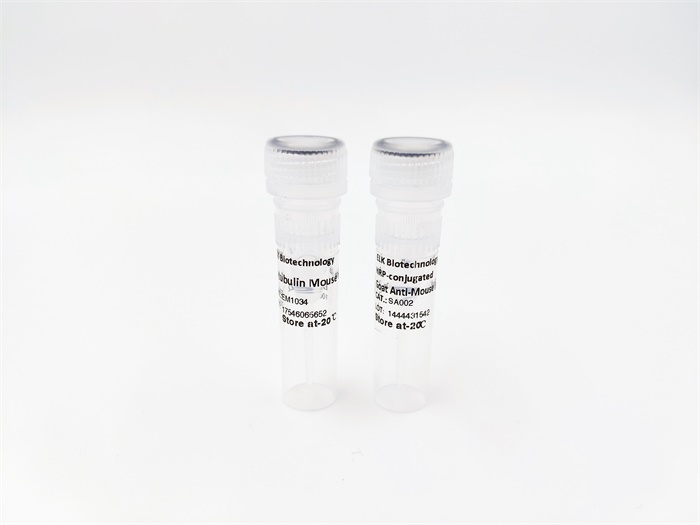





ERK 1/2 (phospho Tyr222/205) rabbit pAb
 One-click to copy product information
One-click to copy product information$148.00/50µL $248.00/100µL
| 50 µL | $148.00 |
| 100 µL | $248.00 |
Overview
| Product name: | ERK 1/2 (phospho Tyr222/205) rabbit pAb |
| Reactivity: | Human;Mouse;Rat |
| Alternative Names: | MAPK1; ERK2; PRKM1; PRKM2; Mitogen-activated protein kinase 1; MAP kinase 1; MAPK 1; ERT1; Extracellular signal-regulated kinase 2; ERK-2; MAP kinase isoform p42; p42-MAPK; Mitogen-activated protein kinase 2; MAP kinase 2; MAPK 2; MAPK3; ER |
| Source: | Rabbit |
| Dilutions: | IF: 1:50-200 WB 1:500-2000, IHC 1:50-300 IHC 1:50-300 |
| Immunogen: | Synthesized phospho-peptide around the phosphorylation site of human ERK 1/2 (phospho Tyr222/205) |
| Storage: | -20°C/1 year |
| Clonality: | Polyclonal |
| Isotype: | IgG |
| Concentration: | 1 mg/ml |
| Observed Band: | 44kD |
| GeneID: | 5594/5595 |
| Human Swiss-Prot No: | P28482/P27361 |
| Cellular localization: | Cytoplasm, cytoskeleton, spindle . Nucleus . Cytoplasm, cytoskeleton, microtubule organizing center, centrosome. Cytoplasm . Membrane, caveola . Cell junction, focal adhesion . Associated with the spindle during prometaphase and metaphase (By similarity). PEA15-binding and phosphorylated DAPK1 promote its cytoplasmic retention. Phosphorylation at Ser- 246 and Ser-248 as well as autophosphorylation at Thr-190 promote nuclear localization. . |
| Background: | This gene encodes a member of the MAP kinase family. MAP kinases, also known as extracellular signal-regulated kinases (ERKs), act as an integration point for multiple biochemical signals, and are involved in a wide variety of cellular processes such as proliferation, differentiation, transcription regulation and development. The activation of this kinase requires its phosphorylation by upstream kinases. Upon activation, this kinase translocates to the nucleus of the stimulated cells, where it phosphorylates nuclear targets. One study also suggests that this protein acts as a transcriptional repressor independent of its kinase activity. The encoded protein has been identified as a moonlighting protein based on its ability to perform mechanistically distinct functions. Two alternatively spliced transcript variants encoding the same protein, but differing in the UTRs, have been reporte |

 Manual
Manual